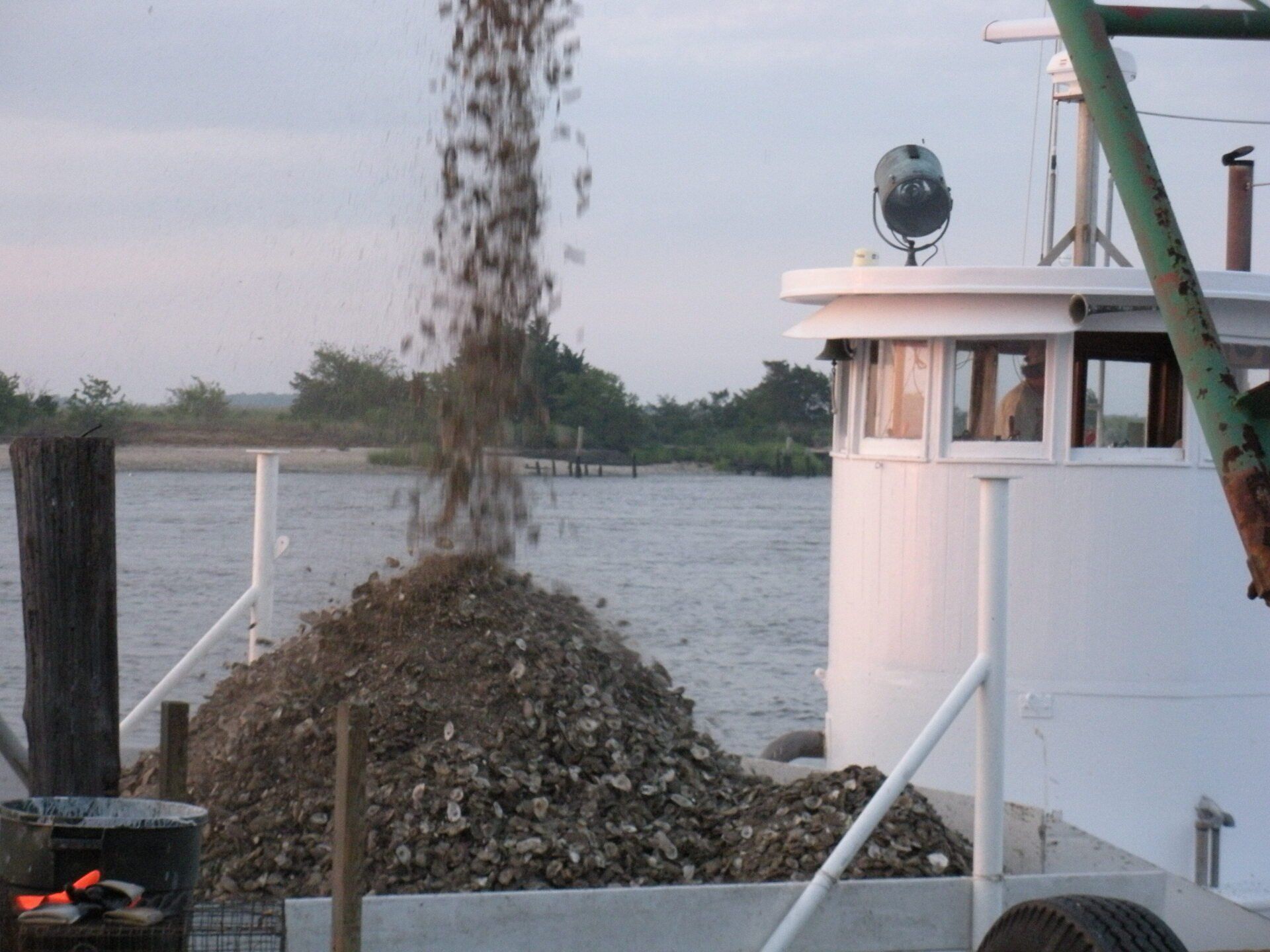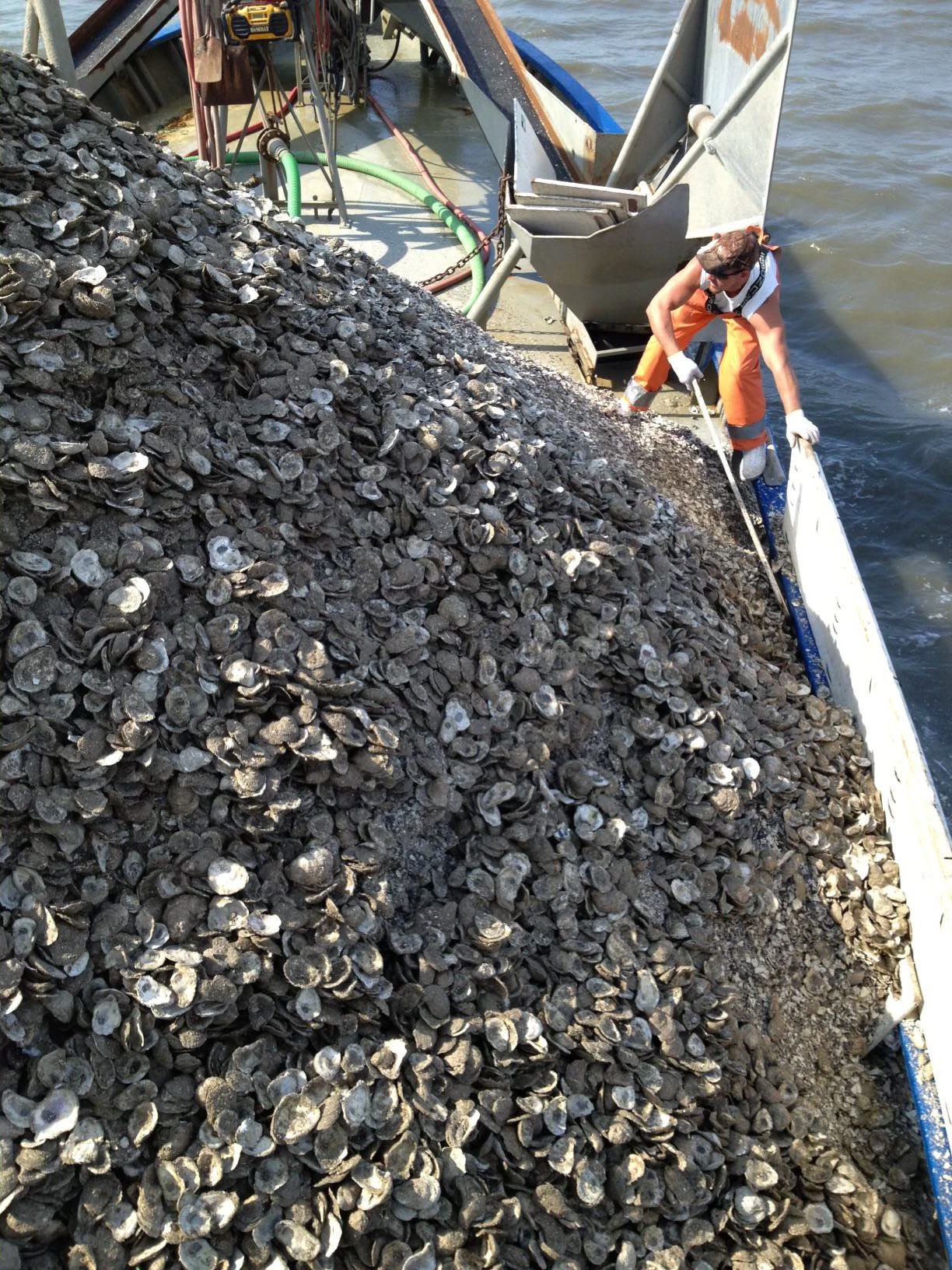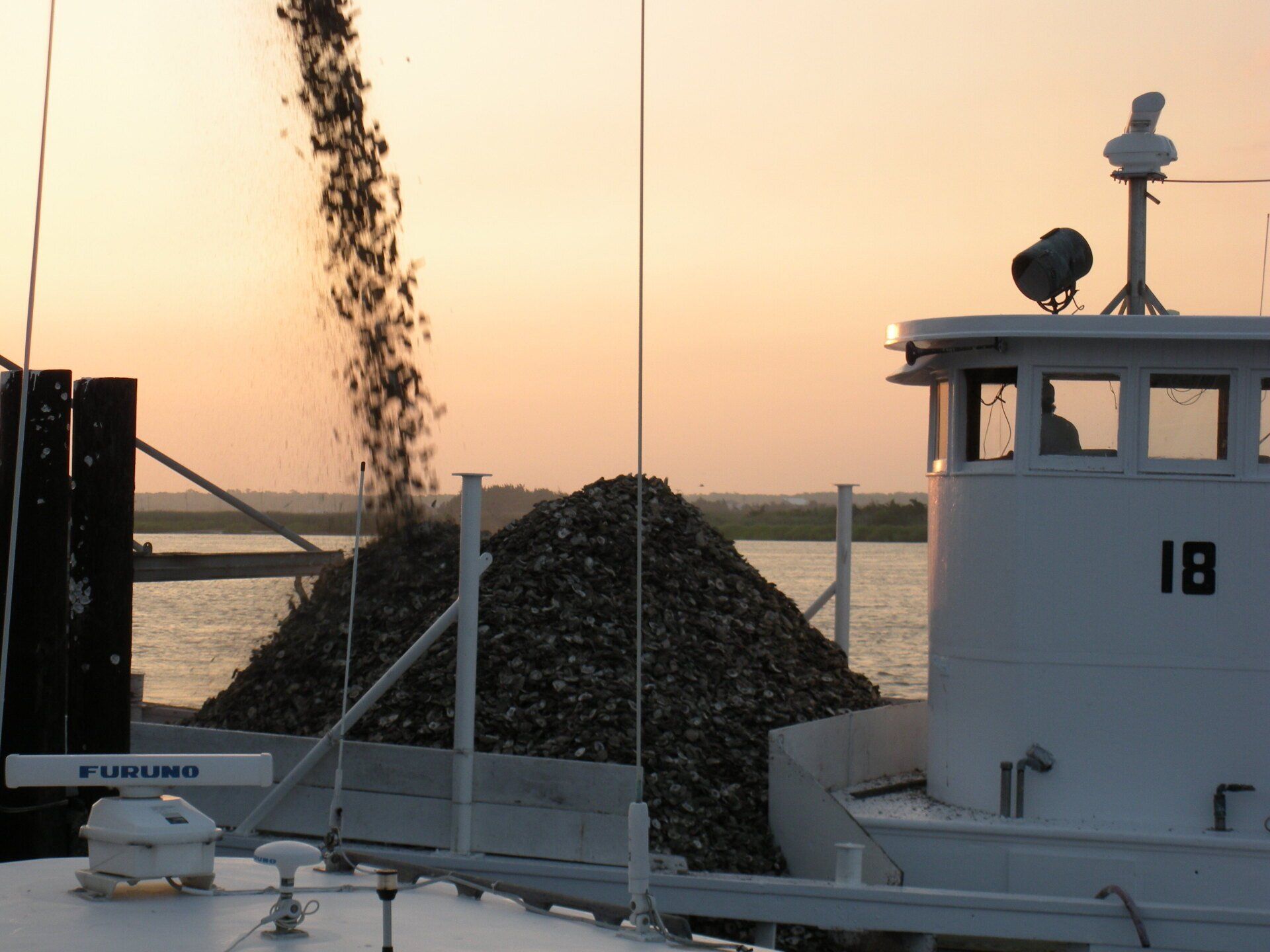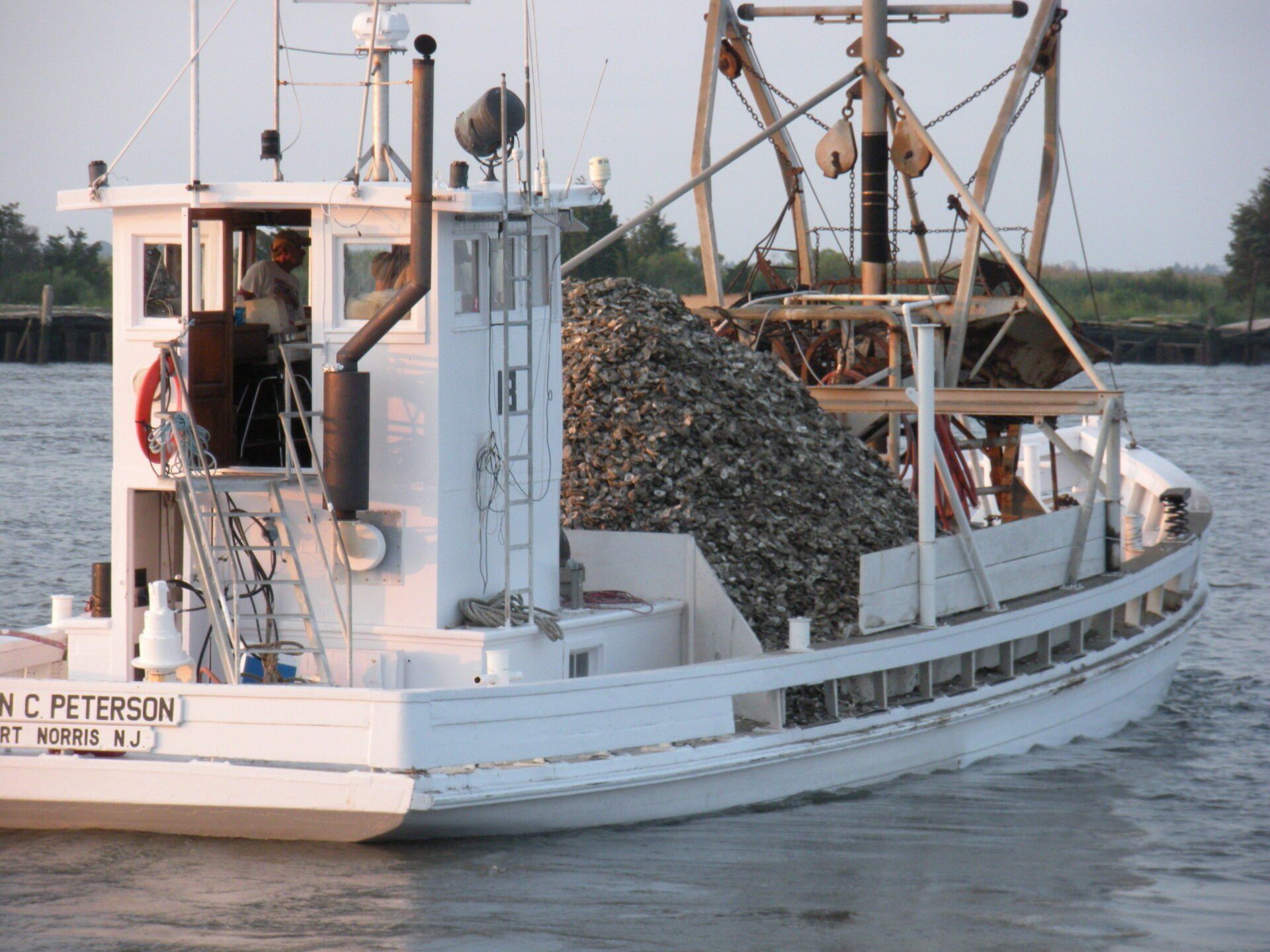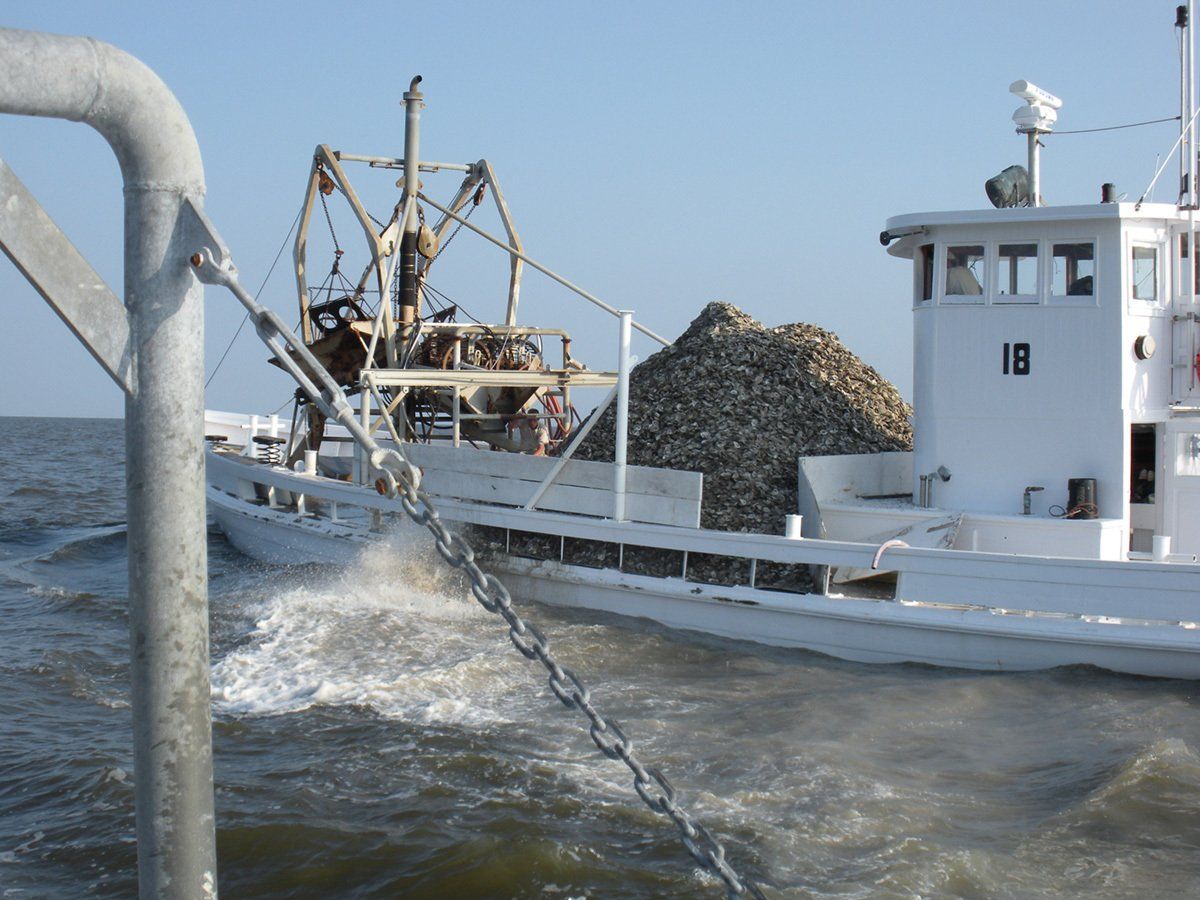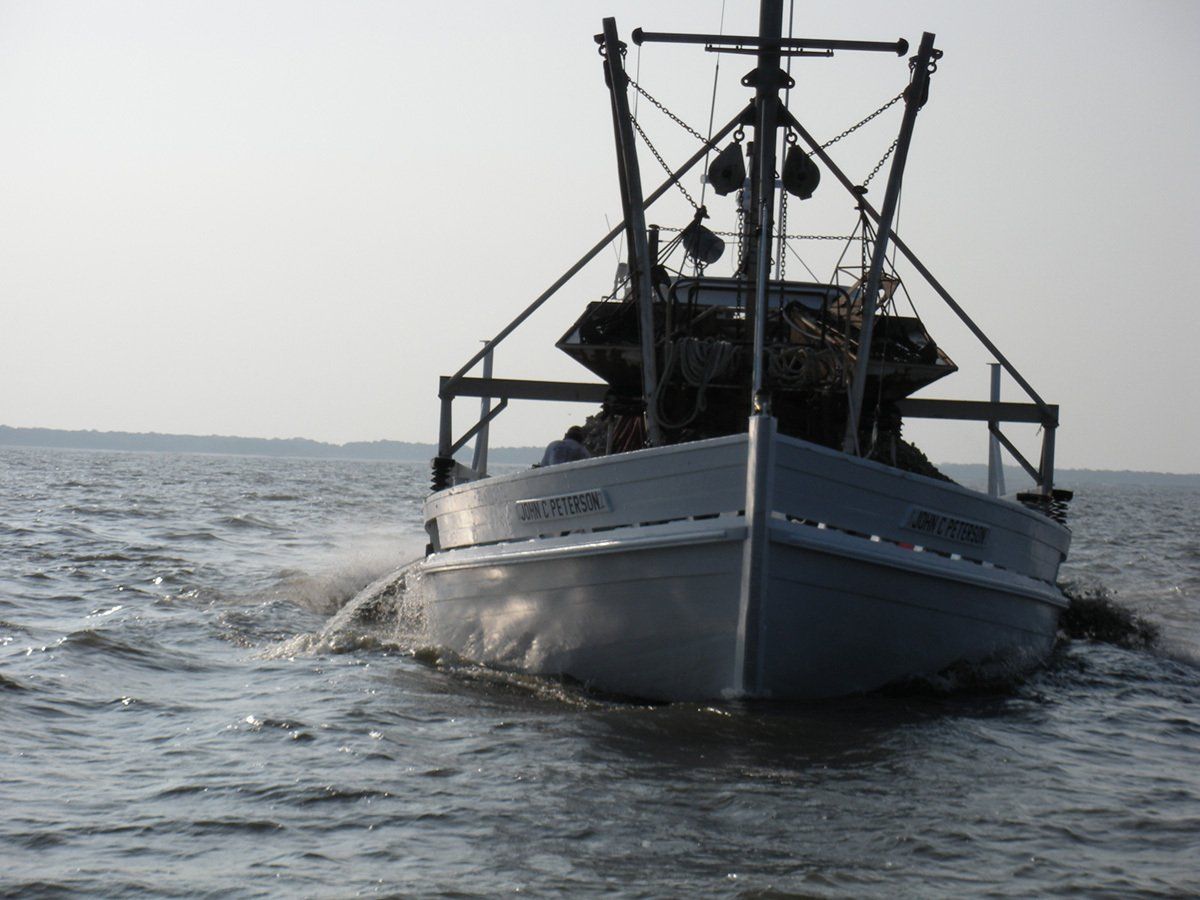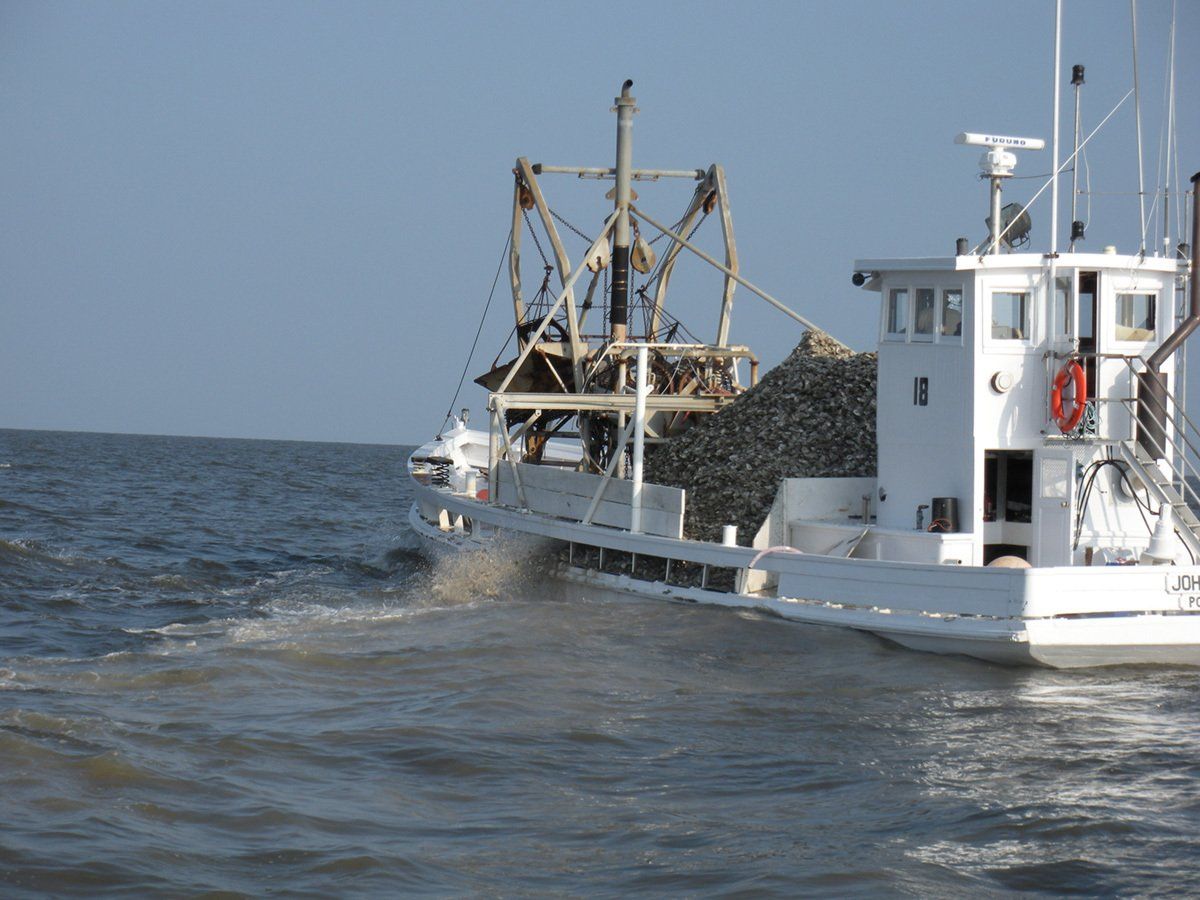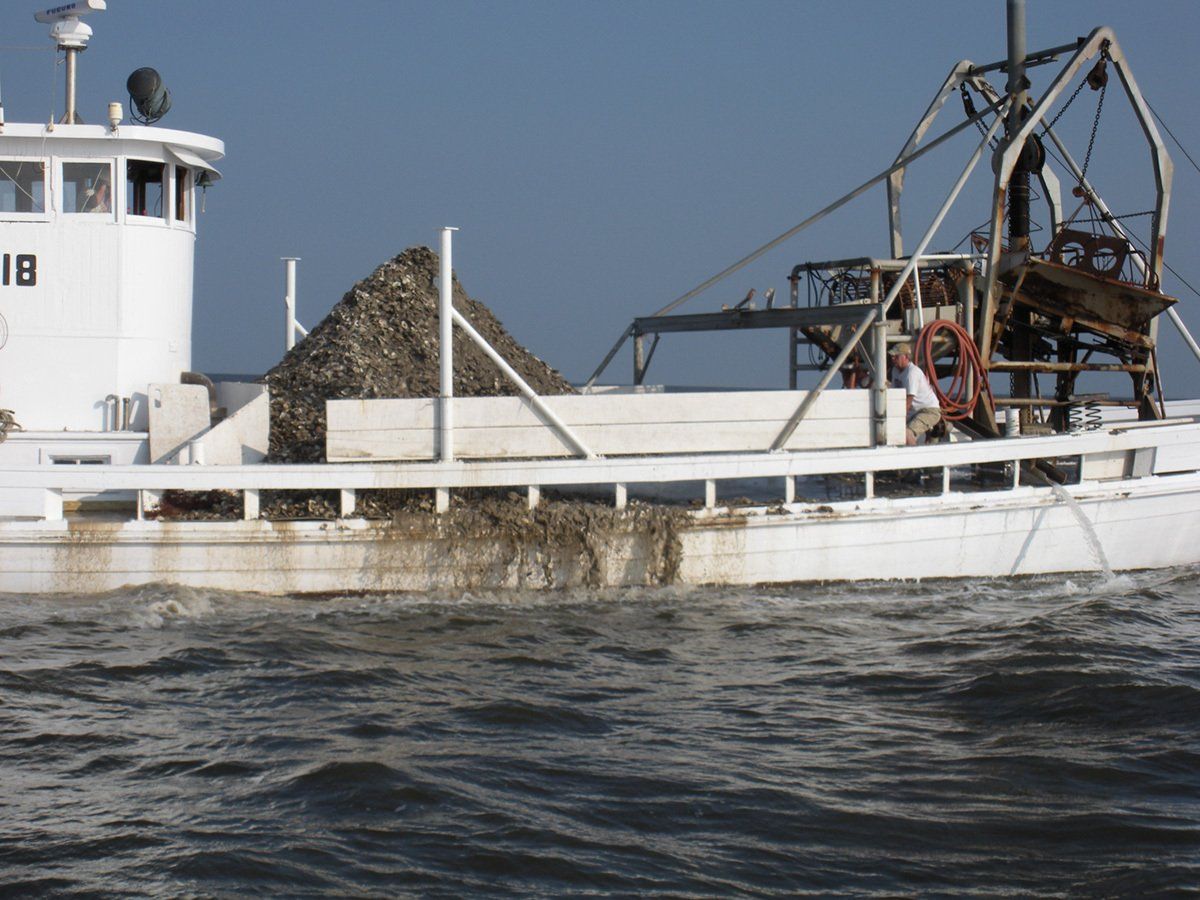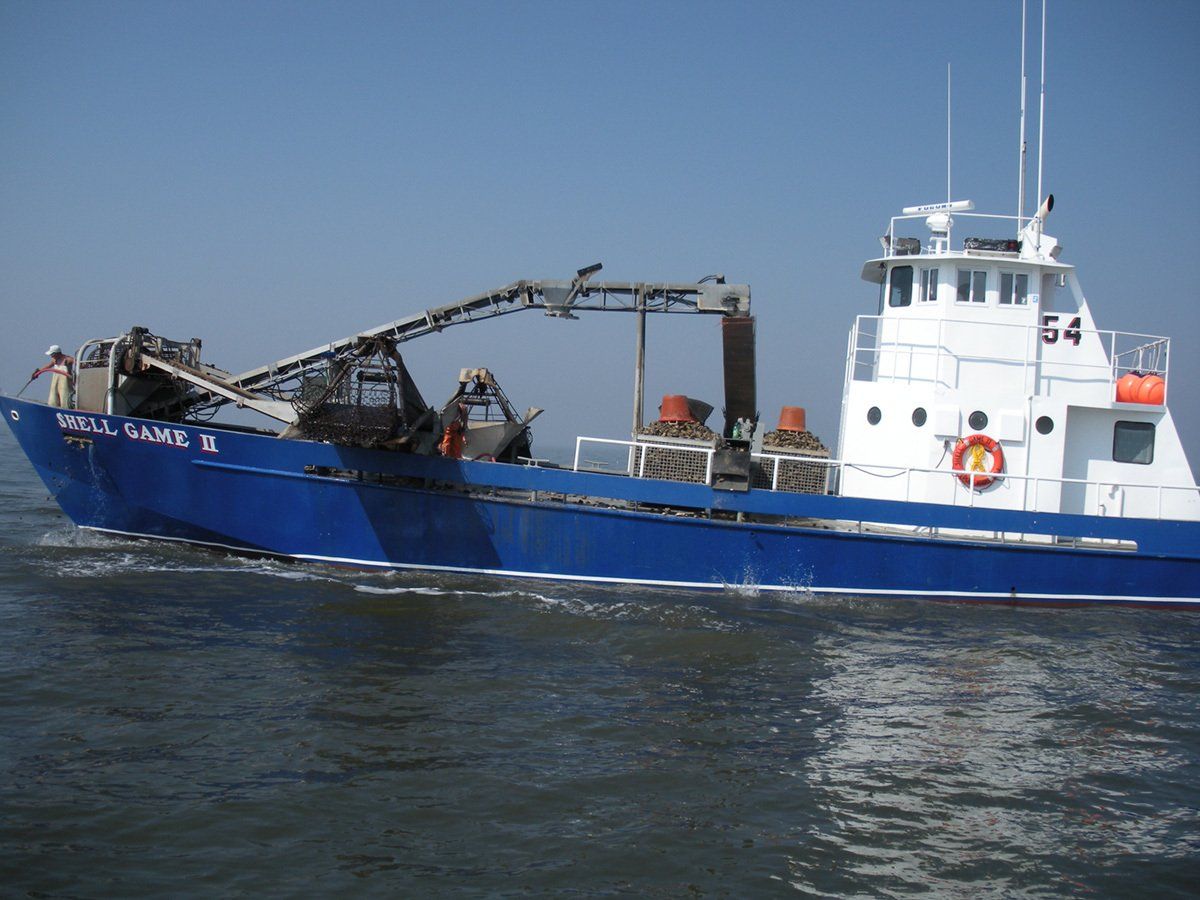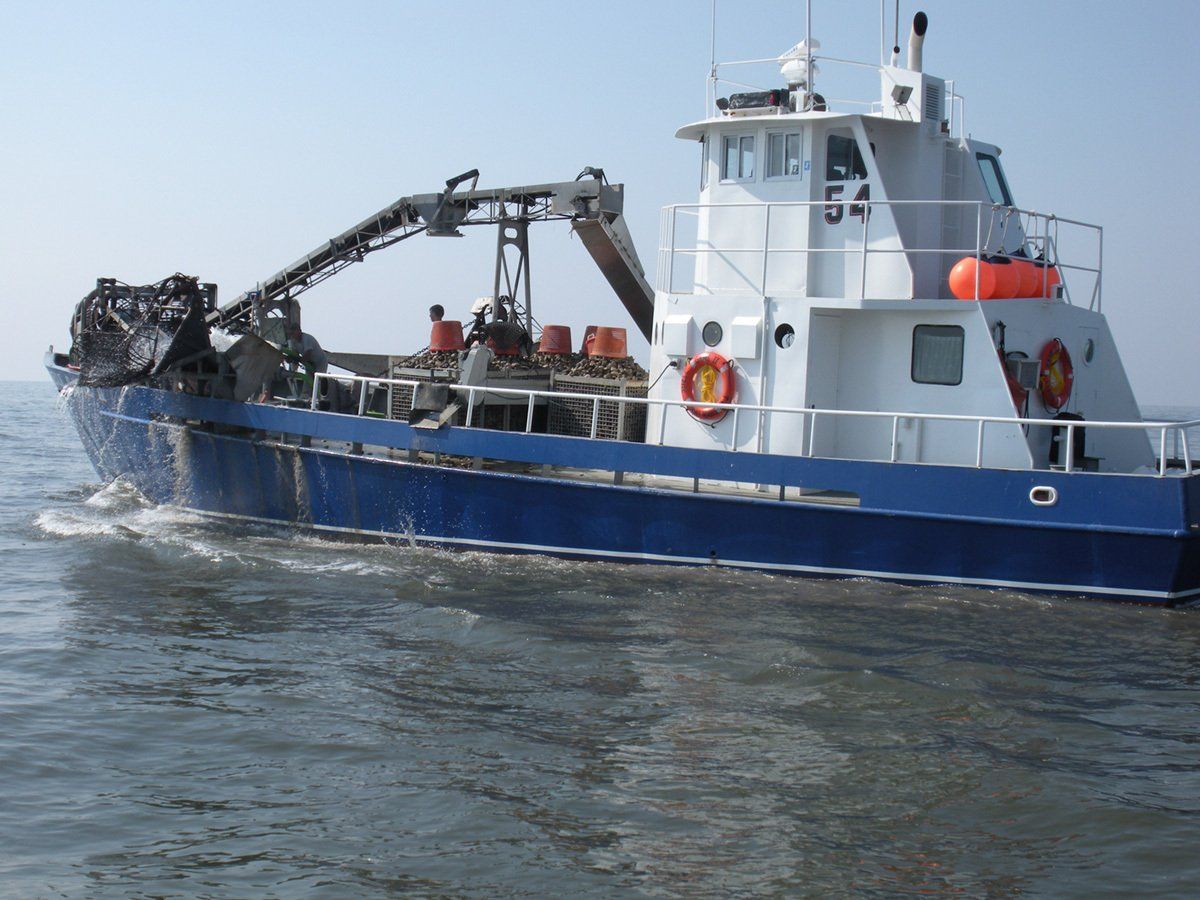OYSTER BED RESEEDING
QUALITY CHAIN
Reseeding
Harvesting
Processing
Distribution
COMMITTED TO QUALITY
The reseeding management of our oyster beds is critical to the preservation of our resources and is a part of our culture. We know that the future of our beds are the future of our business. We work hand in hand with Rutgers University Marine and Biology Group which is adjacent to the shucking house for guidance on ways we can effectively improve the environment. In addition we also work with the state in reseeding their beds. We will reseed approximately 100,000 bushels of shell back into the bay to replenish our oyster beds.
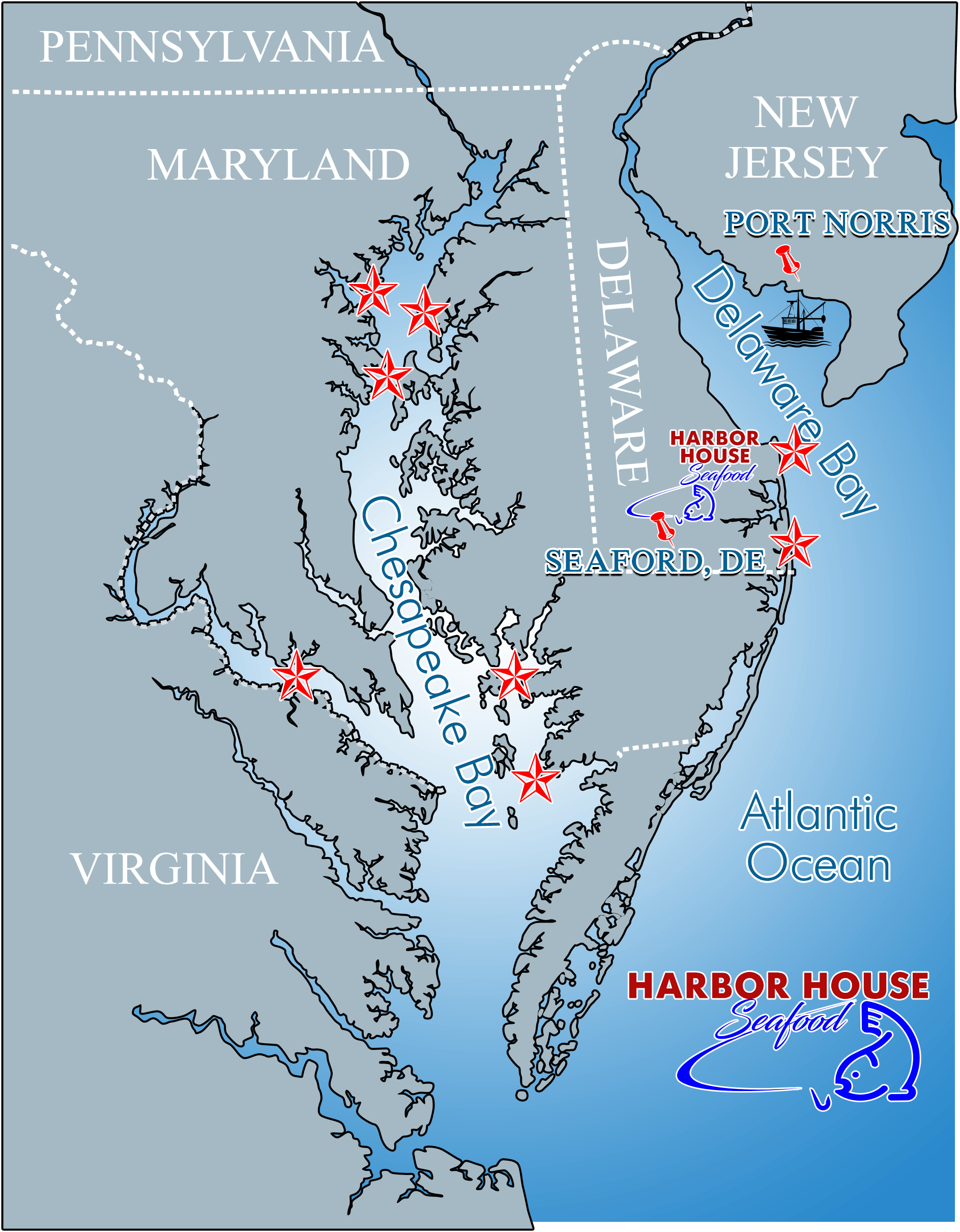
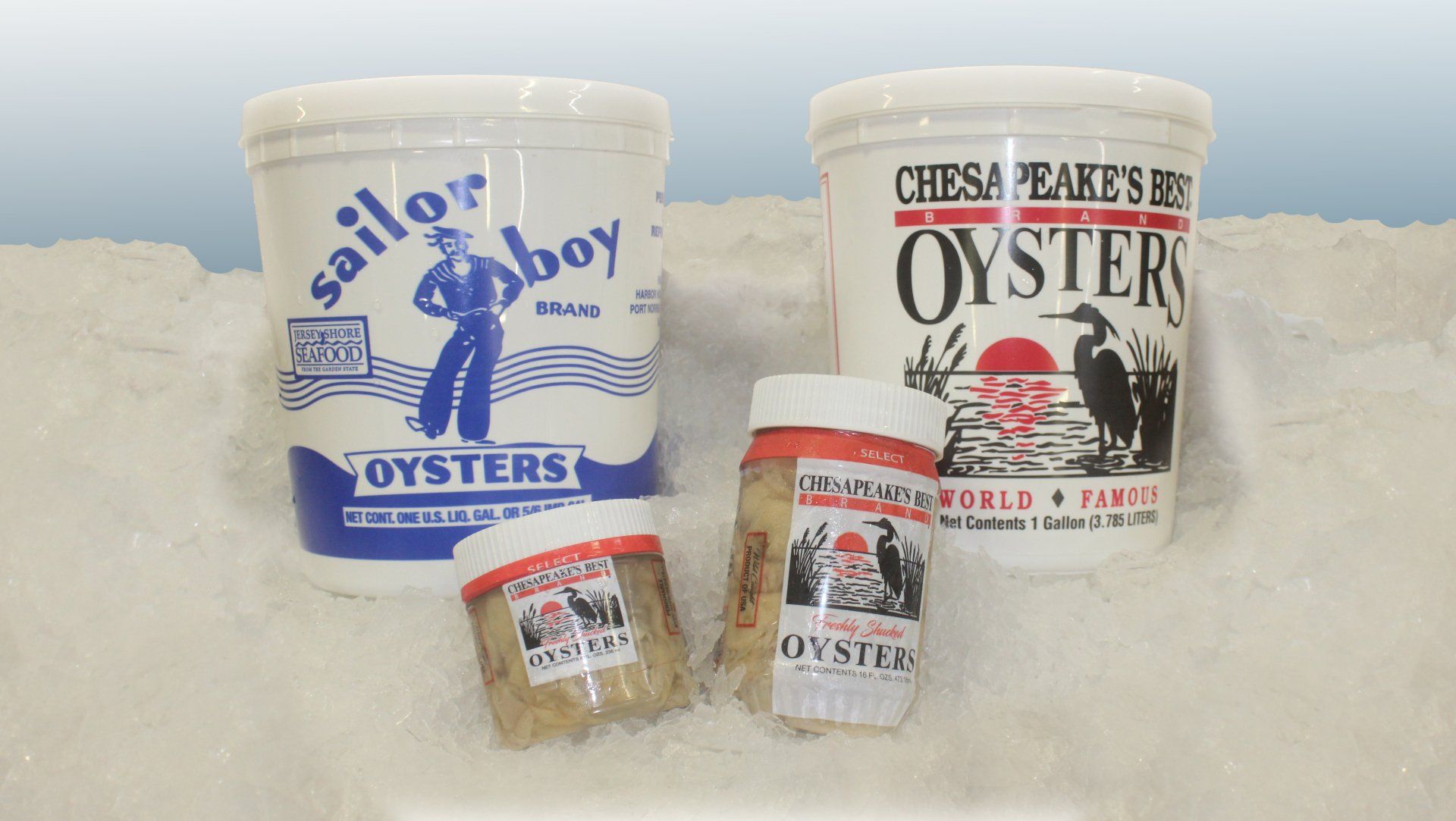
Chesapeake Bay
The Chesapeake Bay is the largest estuary in North America. 185 miles long. 3 to 22 miles wide and reaches 174 feet at it's deepest spot. Harbor House Seafood uses the vast resources of the bay when our fleets harvest in the deepest parts of the Maryland & Virginia waters. The cold, clean water gives our seafood it's world renowned rich taste, assures purity and a longer shelf life.
Harbor House Seafood producers in Maryland, Virginia, Delaware & New Jersey provide a bounty of the freshest live shell oysters from our own private oyster beds in the off season. Our product is available 12 months a year.
Fresh Lock Processing
Harbor House Seafood’s oyster shucking house is located in Port Norris, New Jersey. This is the only shucking house in existence in the state. Producing our exclusive brands, Sailor Boy Brand and Chesapeake’s Best Shellfish.
Our “FRESH LOCK”processing & packaging of oysters is done like no other. We use a pneumatic packaging that provides the best for upmost freshness to the consumer. We are the only company to offer this packing process, insuring freshness and sustainability from the water to the table.
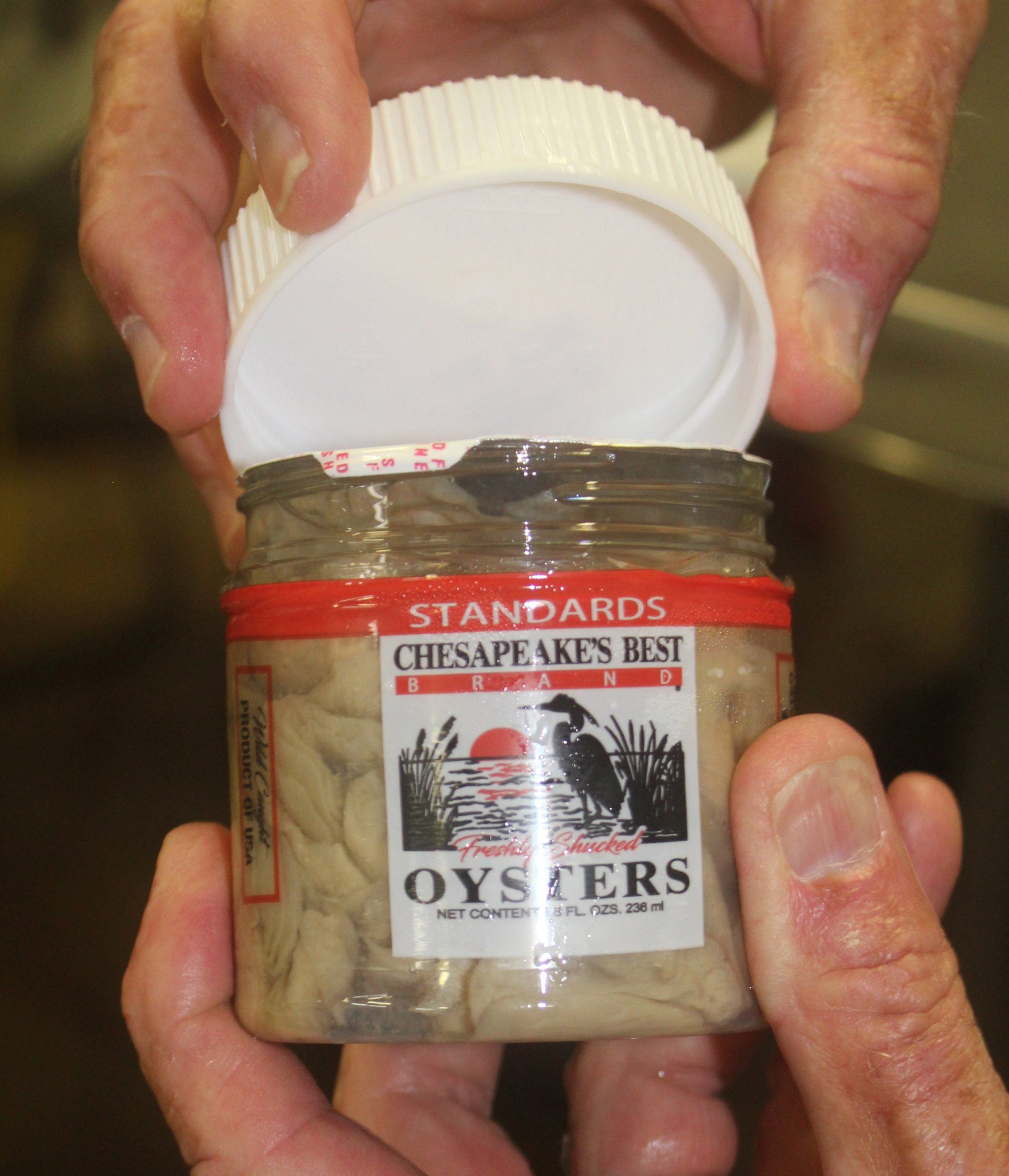
SUSTAINABILITY & FOOD SAFETY CERTIFICATIONS

The Safe Quality Food (SQF) Program is ANSI accredited, a rigorous and credible food safety and quality program that is recognized by retailers, brand owners, and food service providers world-wide. Recognized by the Global Food Safety Initiative (GFSI), the SQF family of food safety and quality codes are designed to meet industry, customer, and regulatory requirements for all sectors of the food supply chain – from the farm all the way to the retail stores.
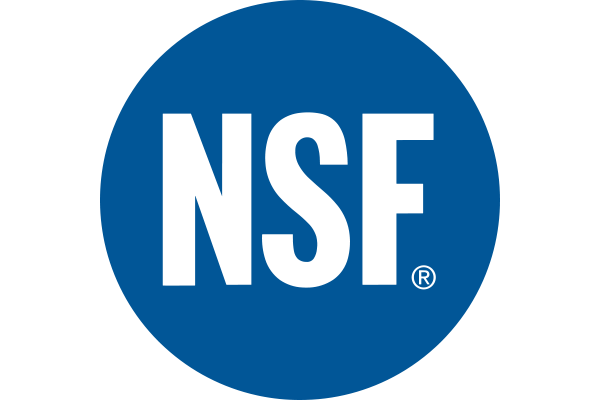
NSF Certification
Recognized by regulatory agencies at the local, state, federal and international levels, NSF certification demonstrates that a product or service complies with all standard requirements. NSF conducts periodic facility audits and product testing to verify that the product continues to comply with the standard.
NSF tests and certifies a wide variety of products including food, drinking water treatment products and water filters, commercial foodservice equipment, bottled water and nutritional supplements.
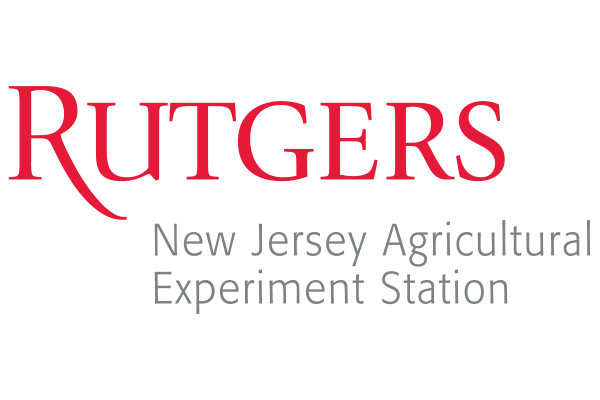
STATEMENT OF SUSTAINABILITY
There has been general consensus by the Stock Assessment Review Committee (SARC) over recent years that the New Jersey Delaware Bay oyster fishery is being managed sustainably although there has been some debate about the language used to describe it and how it should be evaluated.
A point of discussion has been the definition of sustainability used in the Magnuson-Stevens Act for federal fisheries that depends on population models and theory in the absence of strong empirical data on abundance and mortality. The Delaware Bay, NJ oyster stock assessment contains robust measures of abundance, natural mortality, and fishing mortality. Upon review of the oyster stock abundance, the exploitation time series, and management practices from 1996 to present, the 2021 SARC recommended continued acceptance of the following statement for the New Jersey Delaware Bay oyster fishery initially crafted by the 2017 SARC:
The New Jersey Delaware Bay oyster fishery is sustainable under current fishery management strategies and prescribed exploitation rates.

